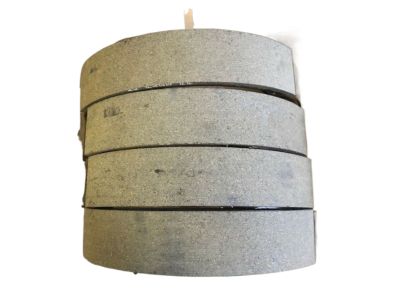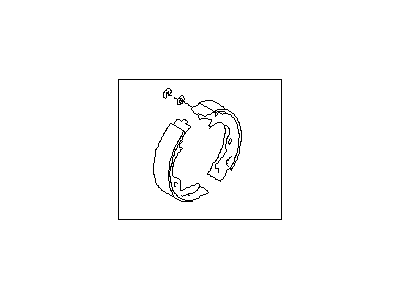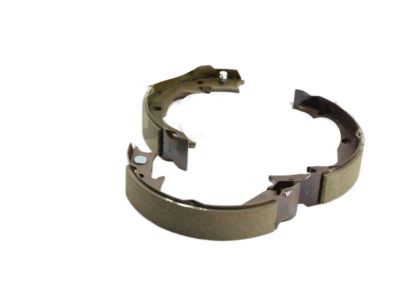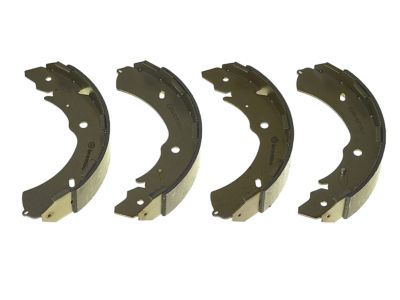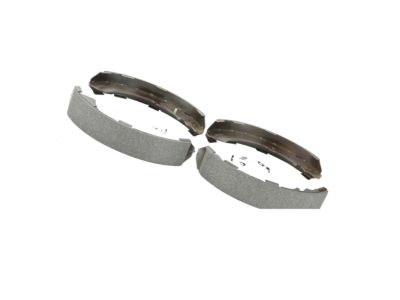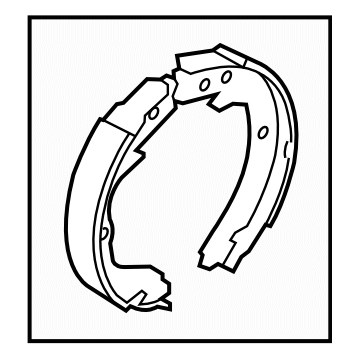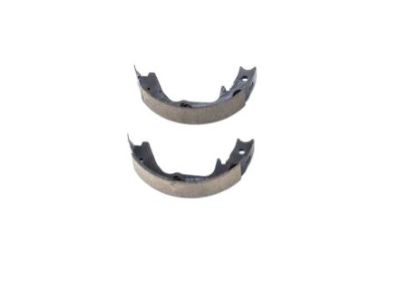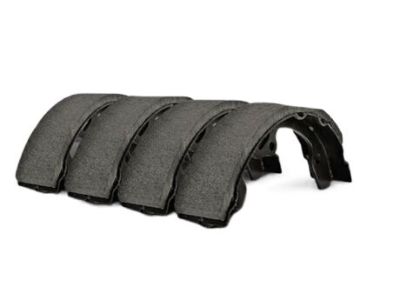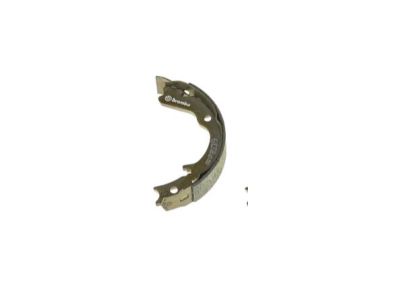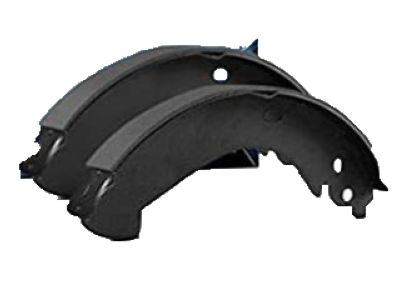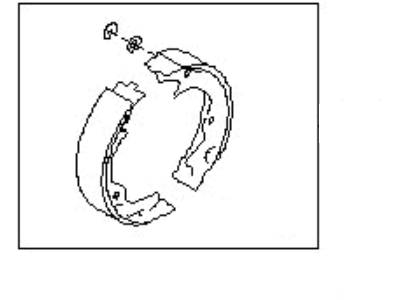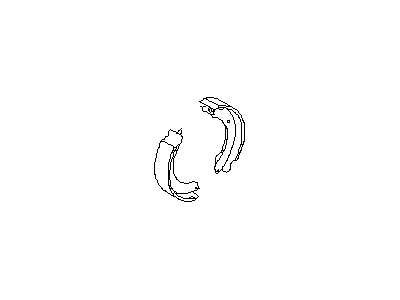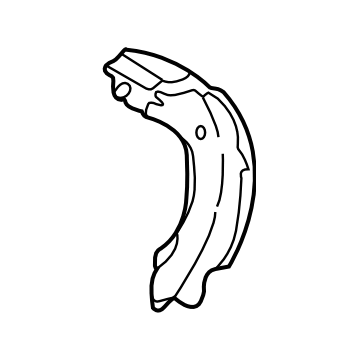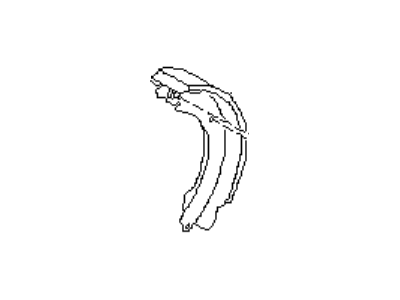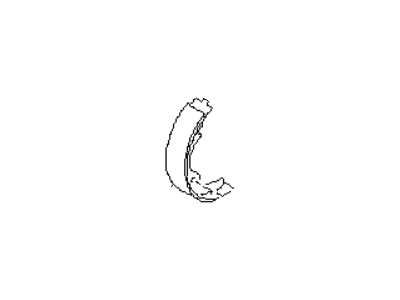×
- Hello
- Login or Register
- Quick Links
- Live Chat
- Track Order
- Parts Availability
- RMA
- Help Center
- Contact Us
- Shop for
- Subaru Parts
- Subaru Accessories


My Garage
My Account
Cart
Genuine Subaru Legacy Parking Brake Shoe
Emergency Parking Brake Shoe- Select Vehicle by Model
- Select Vehicle by VIN
Select Vehicle by Model
orMake
Model
Year
Select Vehicle by VIN
For the most accurate results, select vehicle by your VIN (Vehicle Identification Number).
17 Parking Brake Shoes found

Subaru Legacy Brake Shoe Repair Kit Rear
Part Number: 26298AA020$72.45 MSRP: $105.00You Save: $32.55 (31%)Ships in 1-3 Business Days
Subaru Legacy Brake Shoe Repair Kit Rear
Part Number: 26694AG000$72.25 MSRP: $104.72You Save: $32.47 (32%)Ships in 1-3 Business Days
Subaru Legacy Brake Shoe Repair Kit Rear
Part Number: 26694YC000$56.35 MSRP: $81.67You Save: $25.32 (31%)Ships in 1-3 Business Days
Subaru Legacy Brake Shoe Repair Kit Rear
Part Number: 26694AE020$72.25 MSRP: $104.72You Save: $32.47 (32%)Ships in 1-3 Business Days
Subaru Legacy P1440694 Brake Shoe Kit
Part Number: 26298AA010$79.35 MSRP: $115.00You Save: $35.65 (31%)Ships in 1-2 Business DaysSubaru Legacy Brake Shoe Repair Kit Rear
Part Number: 26694CA000$51.75 MSRP: $75.00You Save: $23.25 (31%)Ships in 1-3 Business DaysSubaru Legacy Brake Shoe Repair Kit Rear
Part Number: 26694AE000$90.08 MSRP: $130.55You Save: $40.47 (31%)Ships in 1-3 Business DaysSubaru Legacy Brake Shoe Repair Kit Rear
Part Number: 26694AE001$90.08 MSRP: $130.55You Save: $40.47 (31%)Ships in 1-3 Business Days
Subaru Legacy Parking Brake Shoe
Our website stands as the go-to online destination for OEM Subaru Legacy Parking Brake Shoe. With complete lines of genuine Subaru Legacy Parking Brake Shoe available at unbeatable market prices, we ensure top quality, reliability, and durability. Each part comes backed by the manufacturer's warranty, reinforcing your trust in our offerings.
Subaru Legacy Parking Brake Shoe Parts Questions & Experts Answers
- Q: How to replace the Parking Brake Shoe on Subaru Legacy?A:To service the rear brakes, begin by loosening wheel lug nuts, raising the vehicle's back up and securing it with jack stands while making sure the front wheels are also blocked for safety purposes. Remove the rear wheels and disengage the parking brake. Make sure that calipers are supported by wire or coat hangers to avoid straining on brake hoses as you remove the discs from their positions. If taking out discs gets difficult due to too much wear from parking brake shoes, simply use a brake adjuster tool or screwdriver through its access hole to retract them. Clean well all of these park brake assemblies using a brake system cleaner except compressed air should be avoided. Disc brakes as well as parking brake drums need to be examined for wear, scoring or out-of-roundness which can be resurfaced at an automotive machine shop if necessary. Re-surfacing drums is recommended by professionals during a brake job in order to eliminate out-of-round issues. However, they cannot go beyond maximum allowable diameter since new ones will have to be replaced otherwise. If no re-surface is intended, sandpaper or emery cloth can remove glazing from the drum surface in a swirling manner. Similarly check if discs are worn out completely. For changing parking break shoes however you should employ hold-down spring tool (or screwdriver), disconnect hold-down cups and springs, unhook secondary shoe return spring, take out strut and strut spring together with lower return spring then detach parking break cable from lever; clean backing plate; lubricate the contact areas between high-temperature grease transfer lever over onto new secondary shoe; install hold-down pin, spring and cup followed by locking down of this spring; proceed installing strut as well as strut spring hooking lower return springs onto each shoe putting adjuster between them placing primary shoe alongside guide plate installing hold-down pin, spring and retainer hooking upper return springs into each shoe; repeat such actions accordingly with another parking break assembly. Thereafter, install Brake Discs and adjust park breaks shoes by turning the adjuster until they rub on drums then back off the adjuster. Finally, reinstall caliper support brackets, brake pads and calipers as well as rear wheels and lug nuts. Lower a vehicle down, tighten up lug nuts and adjust parking brakes; make sure to check brakes operation before driving in traffic.
Related Subaru Legacy Parts
Browse by Year
2014 Parking Brake Shoe 2013 Parking Brake Shoe 2012 Parking Brake Shoe 2011 Parking Brake Shoe 2010 Parking Brake Shoe 2009 Parking Brake Shoe 2008 Parking Brake Shoe 2007 Parking Brake Shoe 2006 Parking Brake Shoe 2005 Parking Brake Shoe 2004 Parking Brake Shoe 2003 Parking Brake Shoe 2002 Parking Brake Shoe 2001 Parking Brake Shoe 2000 Parking Brake Shoe 1999 Parking Brake Shoe 1998 Parking Brake Shoe 1997 Parking Brake Shoe 1996 Parking Brake Shoe 1995 Parking Brake Shoe 1994 Parking Brake Shoe 1993 Parking Brake Shoe 1992 Parking Brake Shoe 1991 Parking Brake Shoe 1990 Parking Brake Shoe

